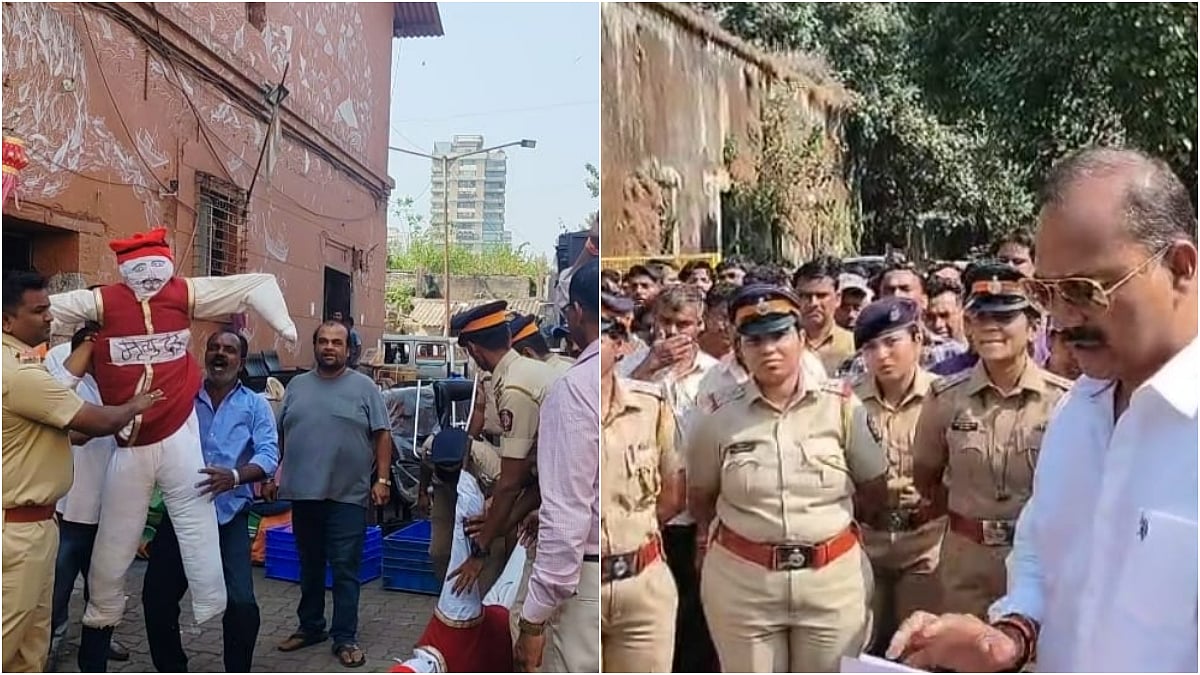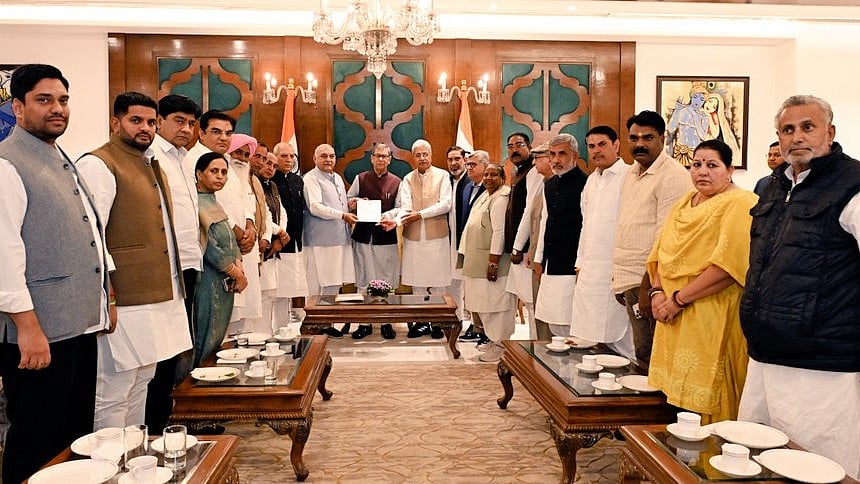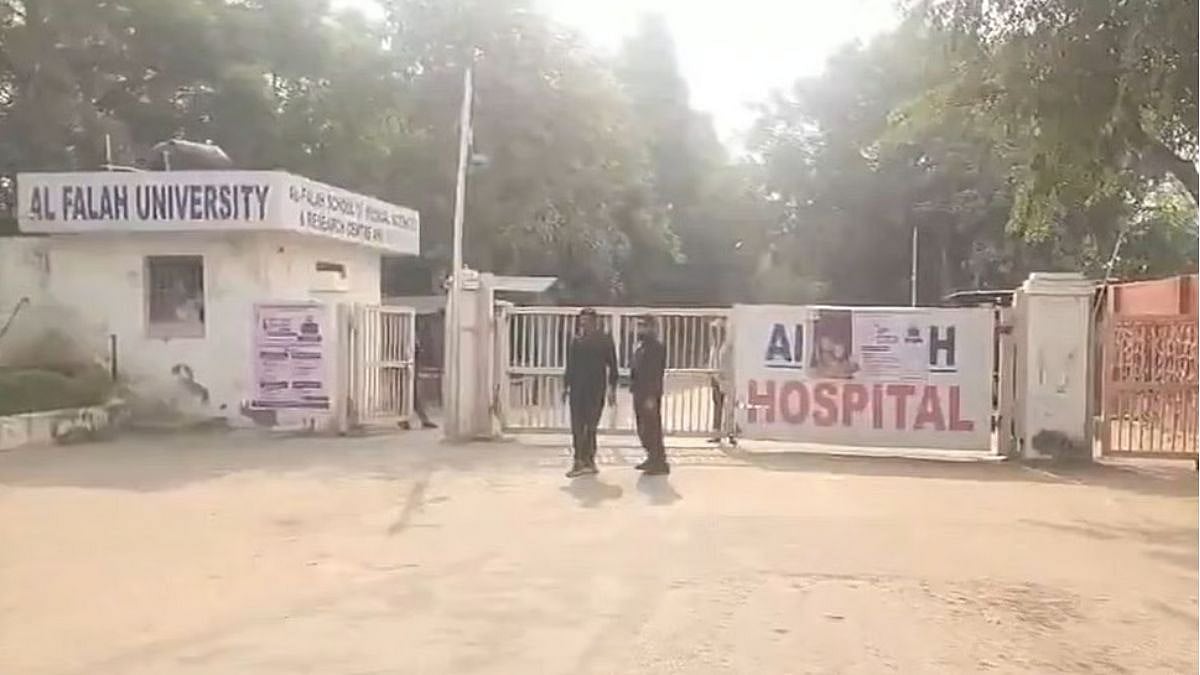Sriharikota, September 2: As the Indian Space Research Organisation (ISRO) counts down to the launch of Aditya L1, a 'havan' (religious ritual) was performed in Varanasi on Saturday, wishing success to the country's maiden solar mission. The launch will be live-streamed at BM Birla Planetarium on Saturday in the city, an official said here.
Bama, a space enthusiast who arrived at the Satish Dhawan Space Centre from Chennai to watch the historic launch event, said she could barely hold her excitement. "We are very proud to be Indians and are delighted to be here to watch the launch of our maiden solar mission. This is the first time I am here. I don't have words to express my happiness," she told ANI.
Aditya-L1 orbiter will lift off from the Satish Dhawan Space Centre
The PSLV-C57.1 rocket carrying the Aditya-L1 orbiter will lift off from the Satish Dhawan Space Centre at Sriharikota in Andhra Pradesh at 11.50 am on Saturday. It will carry seven different payloads, which will conduct a detailed study of the Sun. Four of these payloads will observe the light from the Sun while the other three will measure in-situ parameters of the plasma and magnetic fields.
Aditya-L1 will be placed in a halo orbit around Lagrangian Point 1 (or L1), which is 1.5 million km away from the Earth in the direction of the sun. It is expected to cover the distance in four months' time. The largest and technically most challenging payload on Aditya-L1 is the Visible Emission Line Coronagraph or VELC. VELC was integrated, tested, and calibrated at the Indian Institute of Astrophysics’ CREST (Centre for Research and Education in Science Technology) campus in Hosakote in collaboration with ISRO.
Study of the physics of solar corona
Major objectives of India’s solar mission include the study of the physics of solar corona and its heating mechanism, the solar wind acceleration, coupling and dynamics of the solar atmosphere, solar wind distribution and temperature anisotropy, and origin of Coronal Mass Ejections (CME) and flares and near-earth space weather.
On August 23, India took a giant leap as the Chandrayaan-3 lander module successfully touched down on the moon’s South Pole, entering the record books as the first country to have achieved the feat. India became only the fourth country after the US, China, and Russia to have successfully placed a lander on the moon’s surface.









